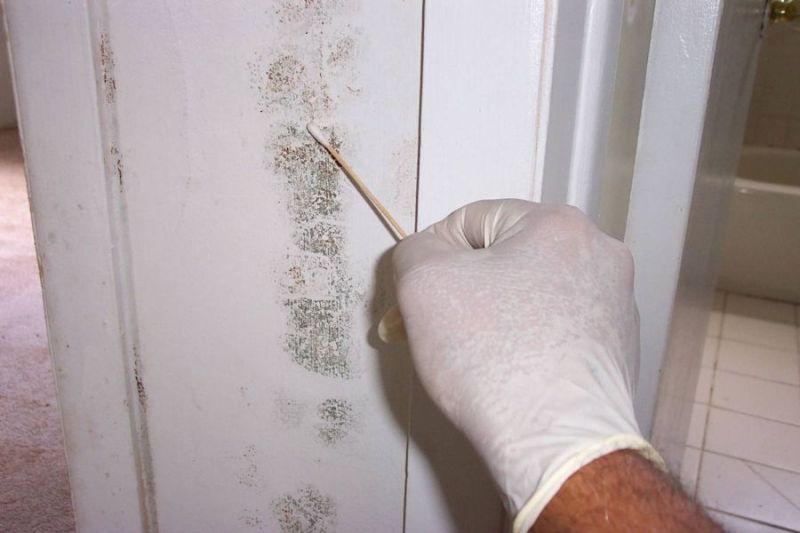Have you woken up with a stuffy nose recently? A cold or allergies are not the only possible causes. It could also be caused by sick building syndrome, which refers to a wide variety of symptoms and conditions that affect the residents of a building. In office buildings, sick building syndrome reduces productivity and increases the number of medical leaves required by workers throughout the year.
In your home, however, the consequences can be much more severe, especially if you have children in the house. Not only do you spend more time at home than in the office, but children — whose bodily systems are much less developed — are hit much harder by the condition than adults.
Let’s take a look at the symptoms of sick building syndrome, as well as the most common causes.
Keep an eye on these signs
Sick building syndrome can cause cancers, pregnancy problems, and even miscarriages. However, those are all in extreme cases. More often, the symptoms of the condition are mild. Keep an eye out on unexplained headaches, bouts of dizziness, nausea, irritation of the eye, nose, throat, or skin; dry cough, brain fogs, fatigue, allergies, and an increased incidence of asthma attacks.
In cases of sick building syndrome, occupants of a home or building often notice that their symptoms improve or vanish once they leave the building in question. If you start your day feeling horrible, begin to feel better during your time at the office, and then your health crashes again when you get home, it might just be that your home is what is making you sick. The same applies if your children suddenly became ill after you moved into a new house.
What causes all of these problems?
Air pollution tends to be the cause of sick building syndrome. Pollutants can be caused by different elements within your home or make their way in from outside.
Outside sources of pollution include motor vehicle exhaust, plumbing vents, and building exhausts, all of which can make their way into your building through air vents, windows, and other openings. Such openings may also let Radon, formaldehyde, lead paint, and asbestos, all of which can have devastating effects on your health. House inspectors can look for and identify all of those hazards. In the case of
Radon, you can buy a radon-detection test in your local hardware store.
As for indoor sources of air pollution, the most common of them are volatile organic compounds (VOCs). Those are hazardous to your health in many ways and can be found in everything from upholstery to cleaning agents and pesticides. To mitigate their negative effects, keep the house ventilated when using cleaning products, avoid the use of pesticides, and use air purifiers with activated carbon filters to clear out the VOCs found in furniture.
You can further promote your good health and that of your family by engaging in regular physical activity and using natural remedies like the ones found at Cibdol.com. However, bear in mind that if the air quality inside your home is poor, exercising indoors might make your symptoms worse, as it will bring more toxic air into your lungs.




















